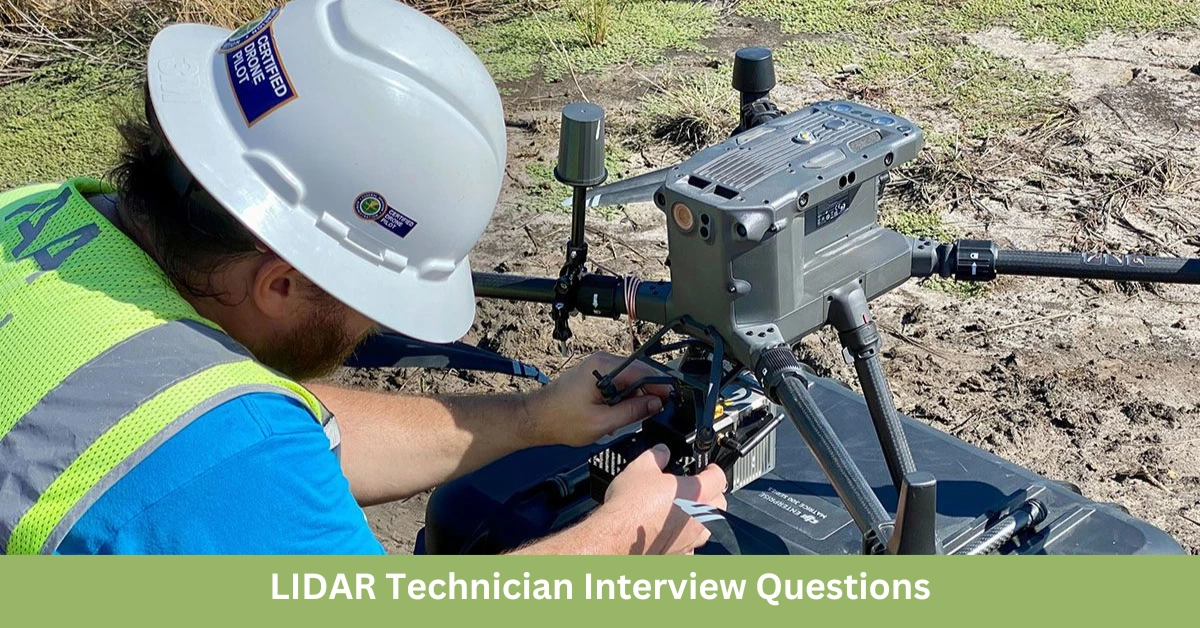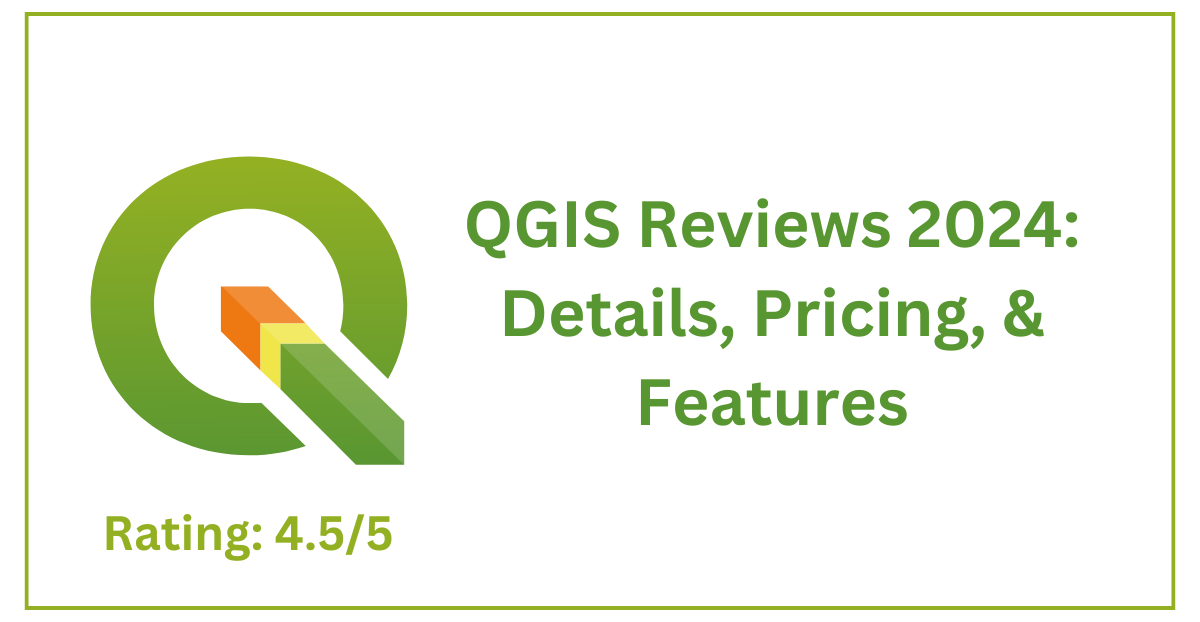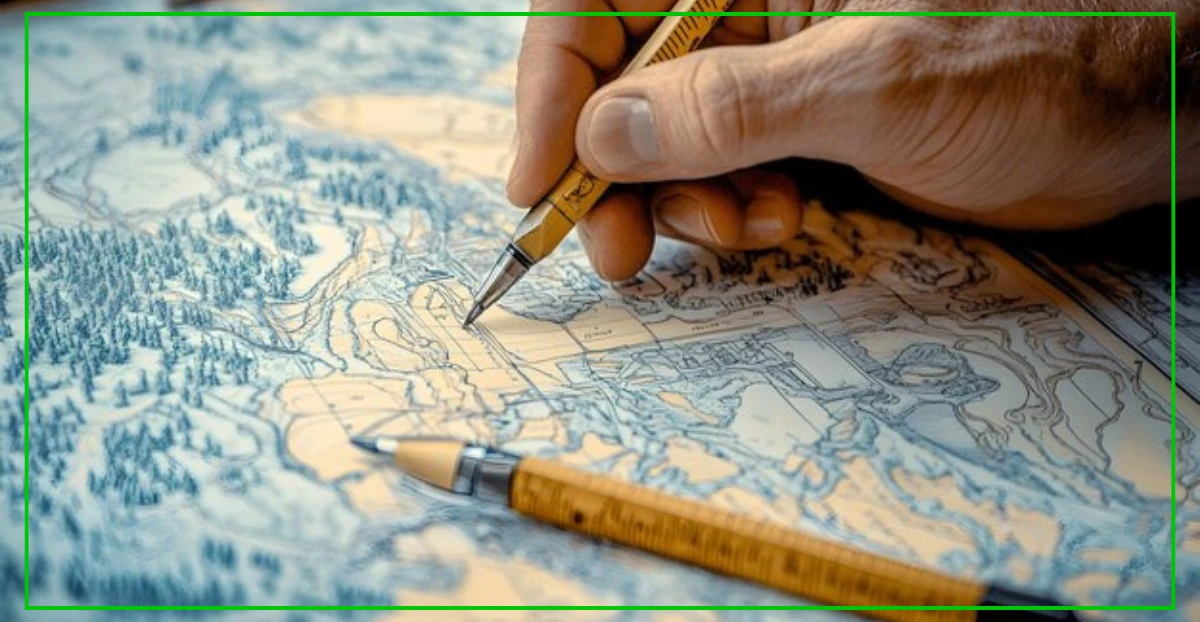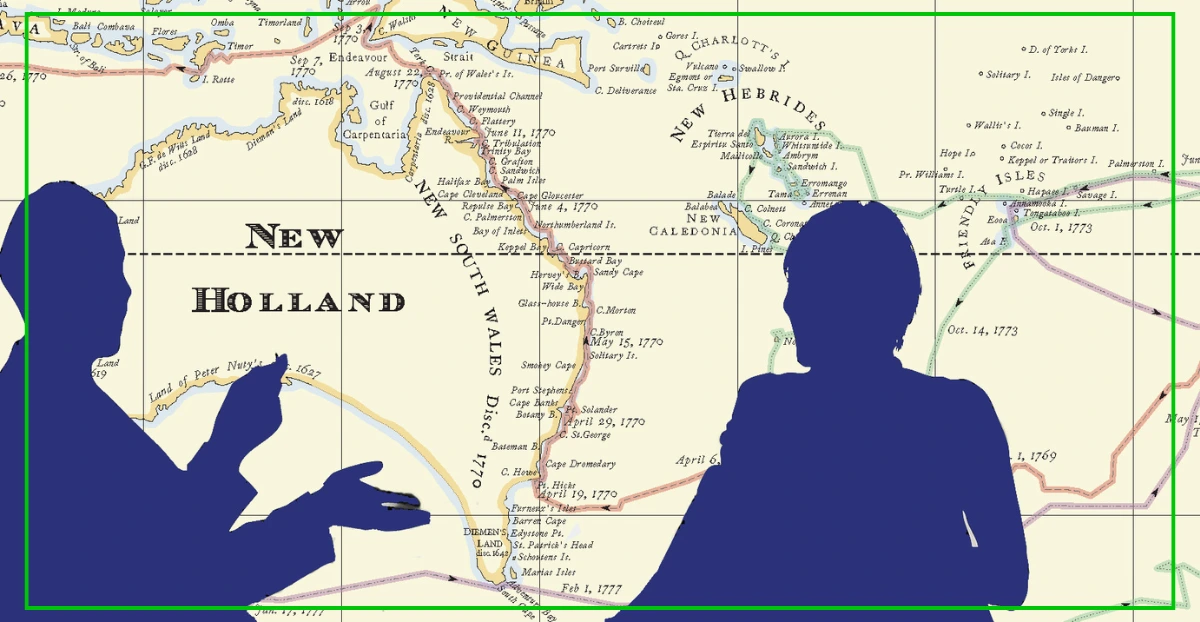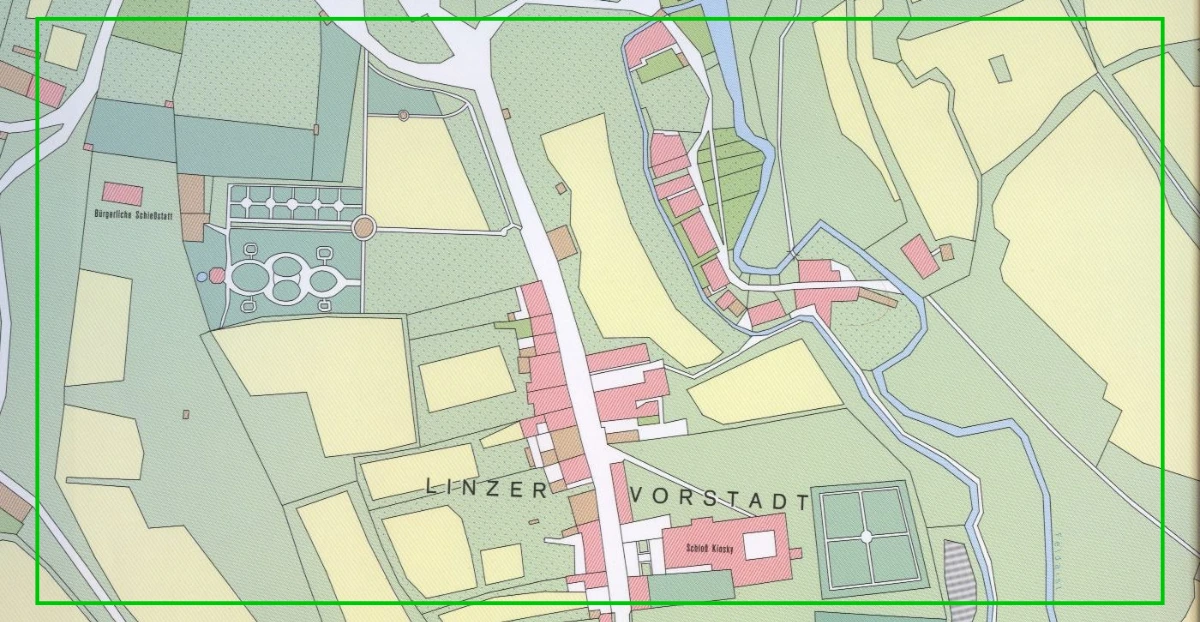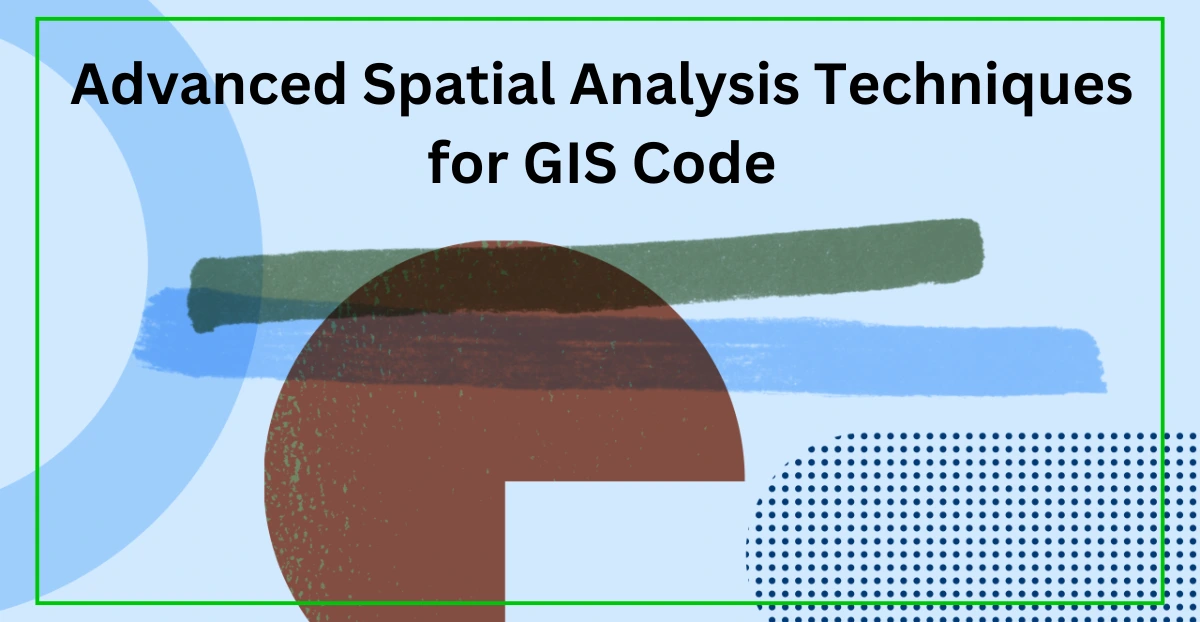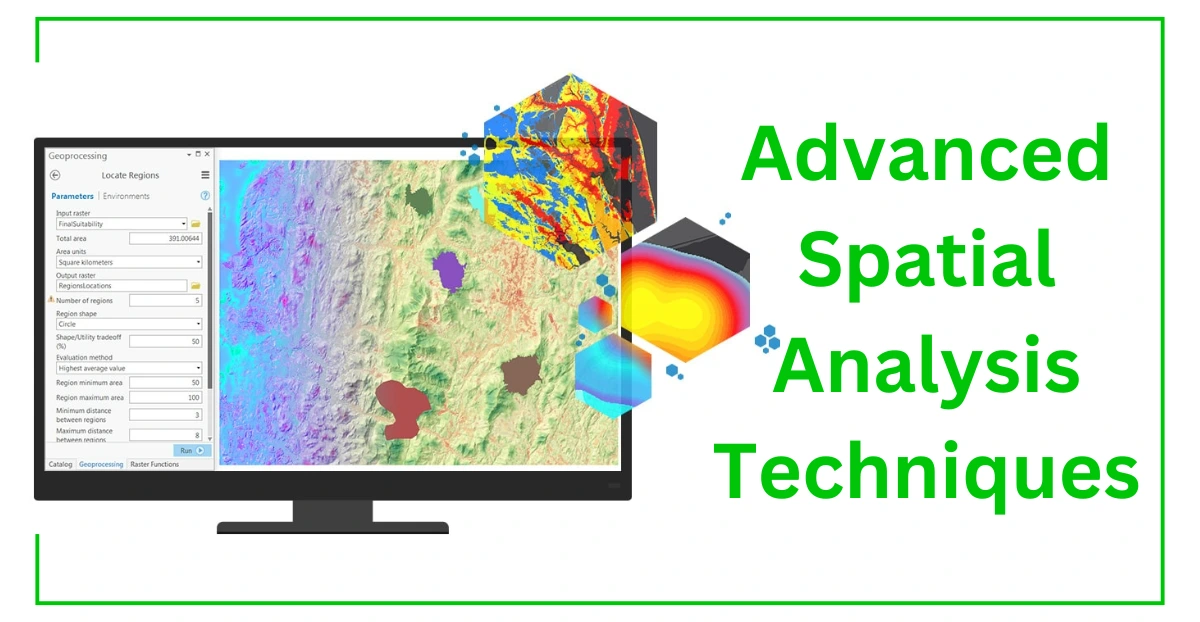Top 15 Field Map Editor Interview Questions & Answers
A Field Map Editor plays a crucial role in updating, managing, and editing geospatial field data for various applications, including urban planning, agriculture, and environmental studies. If you’re preparing for a Field Map Editor role, this guide will help you excel in your interview by covering the top 15 Field Map Editor Interview Questions & Answers related to the job. 15 Field Map Editor Interview Questions & Answers Here’s a comprehensive list of 15 Field Map Editor Interview Questions & Answers along with detailed answers to help you prepare and impress your interviewers. 1. What is the role of a Field Map Editor? Answer: A Field Map Editor is responsible for collecting, editing, and validating field data to ensure maps are accurate and up-to-date. This includes working with geospatial tools to integrate field observations into digital maps. 2. What tools or software have you used for field map editing? Answer: I have experience with: ArcGIS Field Maps QGIS Trimble GPS devices Survey123 Google Earth Pro 3. What is the importance of real-time data collection in field map editing? Answer: Real-time data collection ensures that maps reflect the most current information, which is critical for applications like disaster management, navigation, and environmental monitoring. Related Article: Top 15 Mapper Interview Questions & Answers 4. How do you ensure data accuracy during field map editing? Answer: I validate data by: Using high-accuracy GPS devices. Cross-referencing data with satellite imagery. Implementing data validation rules and quality checks. 5. What is geotagging, and how is it useful in field map editing? Answer: Geotagging involves attaching geographic coordinates to field data (e.g., photos, observations). It helps accurately place data points on maps for analysis and decision-making. Related Article: Top 15 LIDAR Technician Interview Questions & Answers 6. How do you handle discrepancies between field data and existing maps? Answer: I: Identify the source of discrepancies. Consult field notes or metadata for clarification. Update maps with accurate, verified data. 7. What is your experience with GPS devices for field mapping? Answer: I have used devices like Trimble, Garmin, and handheld GNSS receivers for collecting high-precision field data and integrating it into GIS software. 8. What are common challenges in field data collection, and how do you address them? Answer: Challenges include poor connectivity, equipment failure, and environmental conditions. I address these by: Using offline mapping tools. Keeping backup devices. Planning fieldwork around weather conditions. Related Article: 15 Cartographic Drafter Interview Questions and Answers 9. Can you explain the process of creating a field map from scratch? Answer: Define the map’s purpose and scope. Collect field data using GPS and surveys. Import data into GIS software for processing. Edit and validate the data. Design and export the final map. 10. What is the role of metadata in field map editing? Answer: Metadata provides essential details about data, such as its source, accuracy, collection method, and date. It ensures transparency and reliability in map editing. Related Article: Top 15 Cadastral Mapper Interview Questions 11. How do you integrate field data with existing geospatial datasets? Answer: I use GIS tools to: Align coordinate systems. Merge datasets based on common attributes. Validate the integrity of the integrated data. 12. What is the importance of attribute data in field maps? Answer: Attribute data provides context for map features, such as names, categories, or measurements, enabling meaningful analysis and decision-making. Related Article: 15 Cartographic Designer Interview Questions 13. What methods do you use for quality control in field map editing? Answer: I perform quality control by: Reviewing data accuracy and completeness. Running automated validation checks. Comparing data against trusted sources. 14. How do you keep your mapping skills up to date? Answer: I stay updated by: Attending geospatial workshops and webinars. Taking courses on new GIS tools and techniques. Participating in field mapping projects. Related Article: Top 15 Cartography Technician Interview Questions and Answers 15. Can you share a successful field map editing project you worked on? Answer: I worked on an agricultural mapping project where I collected and edited field data to create a precision farming map. It helped farmers optimize water usage and improve crop yields by identifying soil health patterns. Conclusion A Field Map Editor ensures the accuracy and usability of field data in mapping projects. These top 15 interview questions and answers cover the technical skills and problem-solving approaches needed to excel in this role. Stay tuned to our blog for more tips and resources for advancing your geospatial career.


